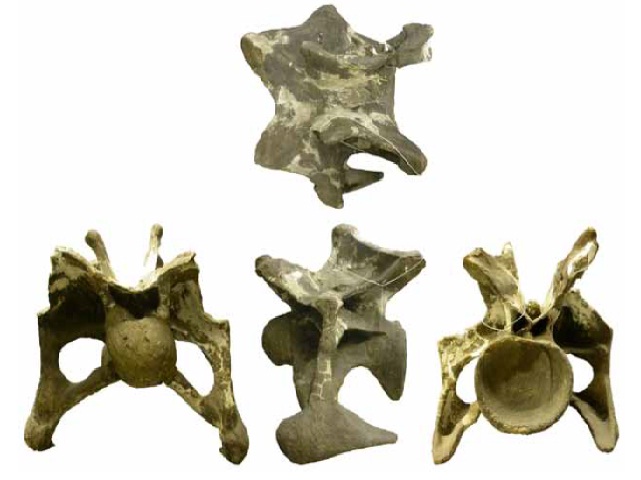Neural Spine Bifurcation in Sauropod Dinosaurs of the Morrison Formation: Ontogenetic and Phylogenetic Implications
Keywords:
Sauropod, Vertebra, Neural Spine, Ontogeny, Morrison FormationAbstract
It has recently been argued that neural spine bifurcation increases through ontogeny in several Morrison Formation sauropods, that recognition of ontogenetic transformation in this ‘key character’ will have sweeping implications for sauropod phylogeny, and that Suuwassea and Haplocanthosaurus in particular are likely to be juveniles of known diplodocids. However, we find that serial variation in sauropod vertebrae can mimic ontogenetic change and is therefore a powerful confounding factor, especially when dealing with isolated elements whose serial position cannot be determined. When serial position is taken into account, there is no evidence that neural spine bifurcation increased over ontogeny in Morrison Formation diplodocids. Through phylogenetic analysis we show that neural spine bifurcation is not a key character in sauropod phylogeny and that Suuwassea and Haplocanthosaurus are almost certainly not juveniles of known diplodocids. Skeletochronology based on the sequence of skeletal fusions during ontogeny can provide relative ontogenetic ages for some sauropods. Although such data are sparsely available to date and often inconsistent among sauropod genera they provide another line of evidence for testing hypotheses of ontogenetic synonymy. Data from skeletal fusions suggest that Suuwassea and Haplocanthosaurus are both valid taxa and that neither is an ontogenetic morph of a known diplodocid.





